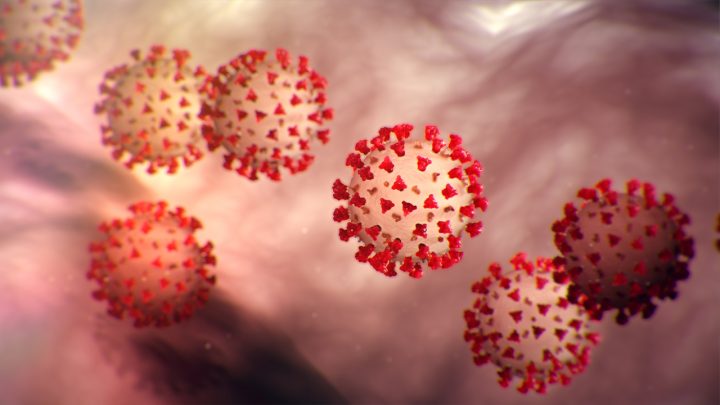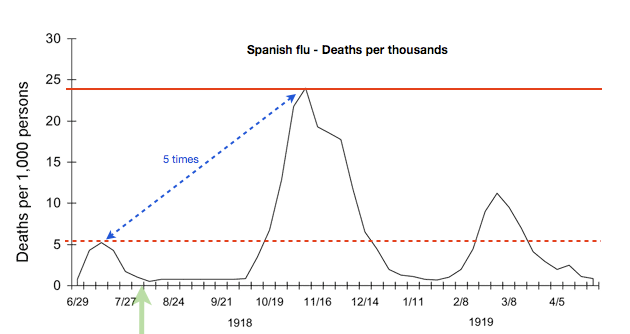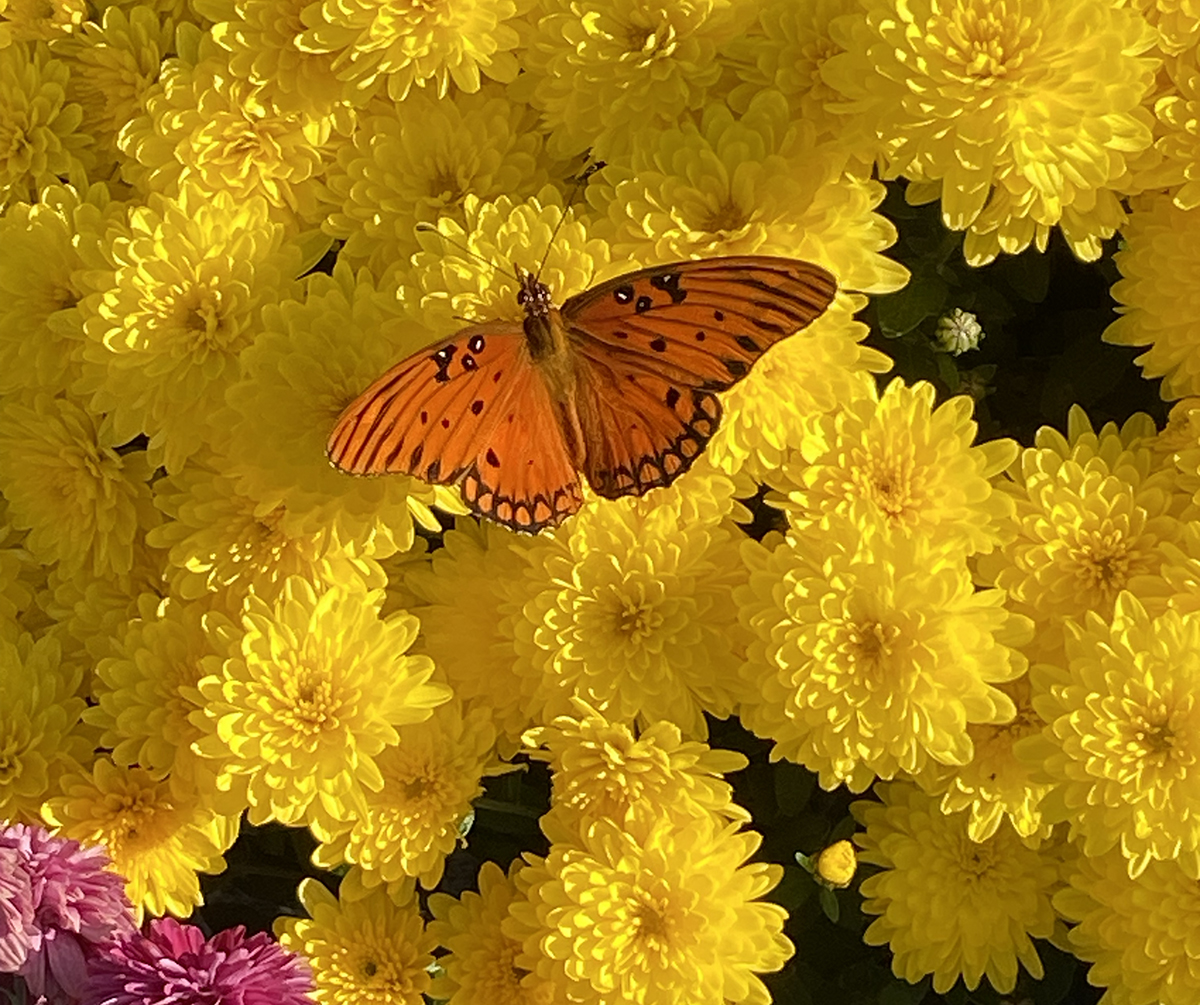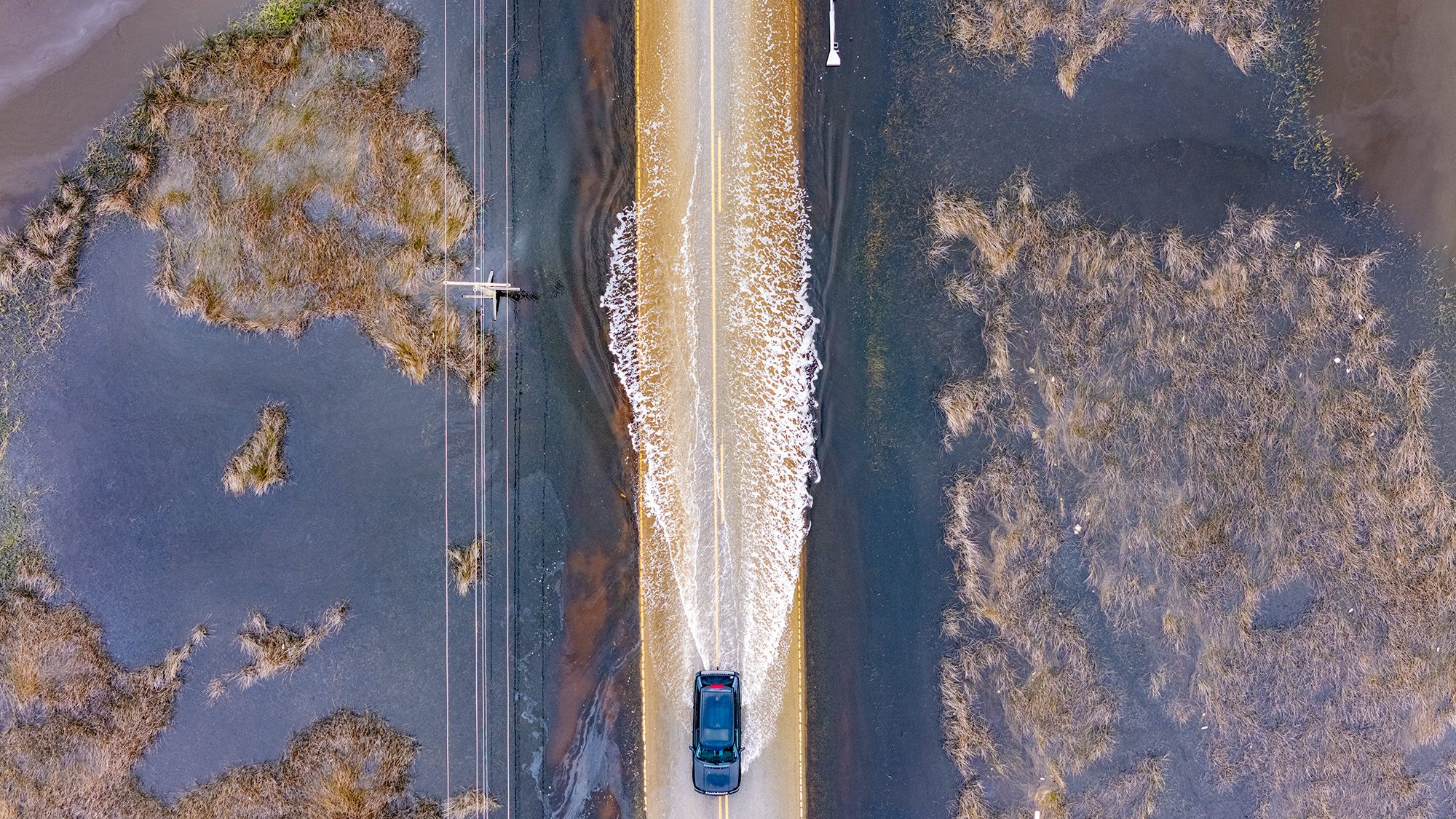
The economy will reopen! The questions are the timing and mechanism. To answer these questions requires a better understanding of how the virus functions and spreads the disease.
COVID-19 has never been seen before this outbreak. As a result, there are many details about the infection that remain unknown. Will COVID-19 go away soon? What can we learn from history?
Supporter Spotlight

The impact of the 1918 Spanish flu continues today. Descendants of the virus can still be found in pigs. Ever since a lab accident in 1977, nearly all human cases of influenza A have been caused by Spanish flu viral descendants.
The Spanish flu was the most devastating pandemic ever recorded. What are the similarities between the Spanish flu and the coronavirus pandemics? Both diseases appear to come from animal sources.
Research suggests H1N1 Spanish flu virus came from birds. Scientists suspect an animal originally hosted the COVID-19 coronavirus strain before it started to infect humans but, to date the animal has not been identified. We also know the Spanish flu became much more dangerous after an apparent mutation. Strains of coronavirus are known to mutate relatively easily. A third comparison shows how quickly both viruses spread. Spanish flu infected an estimated one-third of the global population. COVID-19 has spread rapidly from its late December origin in China. It is now found on all continents except Antarctica. The State of New York alone currently has more infections than any other country.
The graph below demonstrates the three waves of the 1918 influenza pandemic. The second wave was much more deadly than the first or third wave.

The first wave resembled a typical flu epidemic; those most at risk were the sick and elderly, while younger, healthier people recovered easily. Historians now believe that the fatal severity of the Spanish flu’s second wave was caused by a mutated virus spread by wartime troop movement. The second wave made adults who were young and fit more vulnerable. Will we experience a second wave of the COVID-19 infections if we open the economy to soon?
Supporter Spotlight
The current prerequisite for reopening the economy appears to be the development of an antibody test. Such a test will identify individuals who have been infected and therefore have antibody protection against the virus; the first group to go back to work. The antibody test will detect the body’s immune response to the infection but does not detect the virus itself. In order words, a positive antibody test indicates coronavirus infection in the past; it does not rule out the possibility that the virus is still present in individuals who test positive for the antibody.
Before an individual with a positive antibody test is allowed to go back to work, a real time polymerase chain reaction test (RT-PCR) should also be performed. The RT-PCR test will detect the presence of viral RNA. It is an extremely sensitive test that can detect as little as one virus particle in swabs from inside the mouth or nose. Since there are now 91 cases in South Korea where patients have recovered from the viral infection, but still test positive for the virus, it makes the TR-PCR test a critical part of the equation to open the economy.
Another problem with the antibody test is to classify individuals to go back to work is that we currently don’t know how long the COVIP-19 antibodies will protect against reinfection. In the case of measles, the protection lasts a lifetime but, this is not the case with some other viruses. More research needs be performed on the longevity of the COVID antibody before allowing people to go back to work.
Finally, before stay-at-home orders are lifted, we need to improve our diagnostic capabilities so that scientists can calculate the Ro value of the COVID-19 virus. Ro indicates how contagious an infectious disease is. It’s also referred to as the reproduction number. As an infection spreads to new people, it reproduces itself.
Ro indicates the average number of people who will catch a disease from one contagious person. It specifically applies to a population of people who were previously free of infection and haven’t been vaccinated; this is the case for the COVID-19 virus. If the Ro is less than 1, each existing infection causes less than one new infection. In this case, the disease will eventually die out. If Ro equals 1, each existing infection causes one new infection. The disease will stay alive and stable, but there won’t be an outbreak or an epidemic. If the Ro is greater than 1, each existing infection causes more than one new infection. The disease will spread between people, and there may be an outbreak or epidemic.
What is the Ro value of the COVID-19 virus? Since the COVID-19 virus is still new, scientists are working on establishing its Ro value. Researchers who have calculated an Ro for the current outbreak have had to make assumptions. As the virus spreads more information will be made available and the number is likely to change. The current estimate of the World Health Organization is that COVID-19 has an Ro value between 2.0 and 2.5. The Ro value for the 1918 Spanish flu pandemic was estimated to be between 1.4 and 2.8. Clearly, before the economy is reopened, the Ro value for COVID-19 must be 1 or lower. Otherwise we will not stop the spread of the virus.
Once individuals that are immune to reinfection are given permission to go back to work, the Spanish flu pandemic demonstrates that social distancing must be enforced. Unfortunately, there are several industries where social distancing will be difficult to enforced. They include travel by airlines/mass transit, attending church services, movie theaters, sporting events, conventions, funerals, school, etc. Thus reopening the economy must start with industries where social distancing can be enforced.
The potential reopening of the economy is a very complex issue. We need a lot more information regarding the virus before considering the time and mechanism to reopen the economy.
To stimulate discussion and debate, Coastal Review Online welcomes differing viewpoints on topical coastal issues. See our guidelines for submitting guest columns. The opinions expressed by the authors are not necessarily those of Coastal Review Online or its publisher, the North Carolina Coastal Federation.








